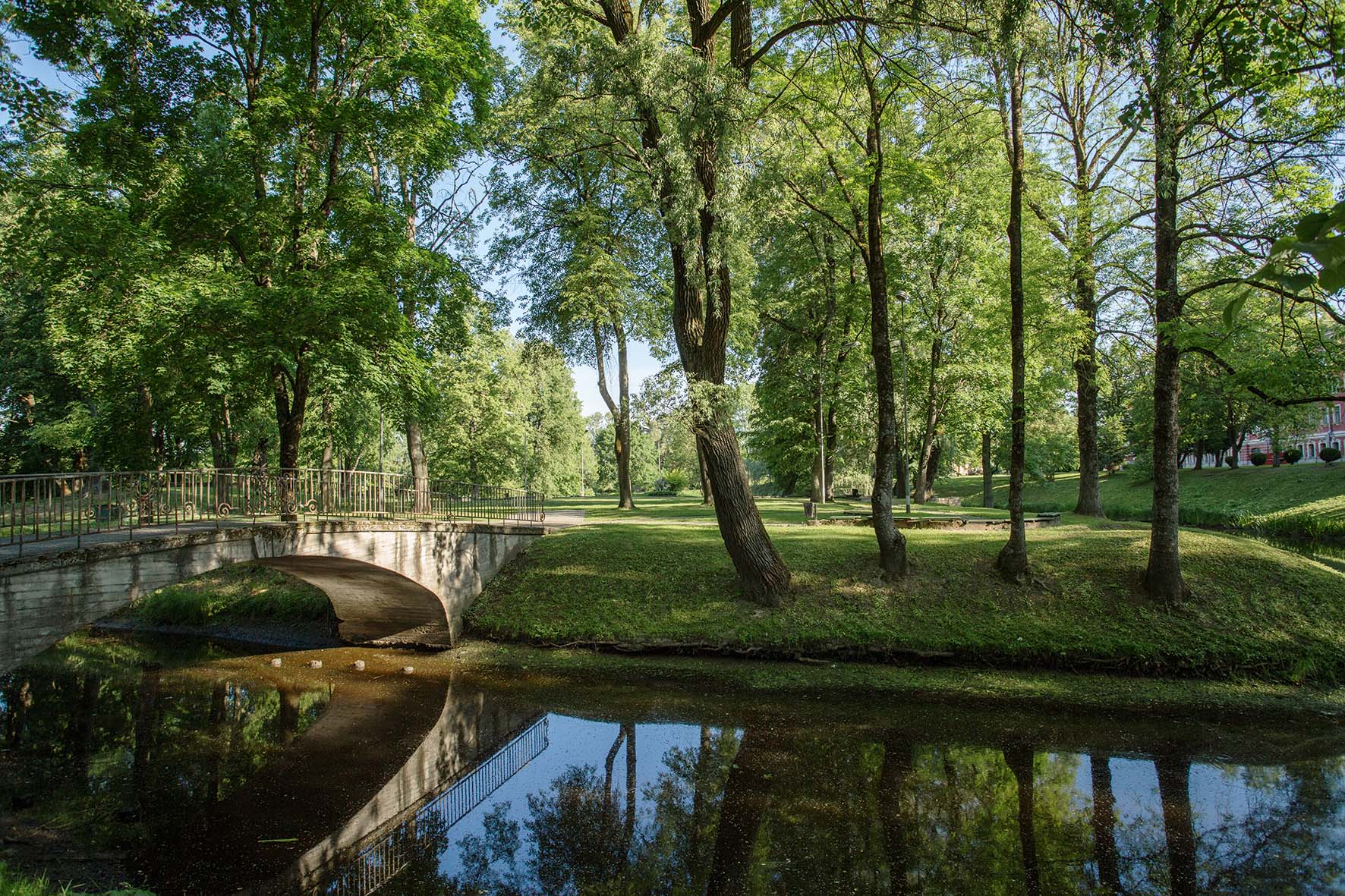News
During the month of Jelgava festival, places where the city’s Noble Trees grow were gathered by Jelgava Regional Tourism Centre (JRTC), so that anyone can take a walk in the urban environment to see its older “residents”.

According to the JRTC information, the boundary mark of specially protected nature territories, the recognition sign “Ozollapa” (oak leaf), is used for Noble Trees. The limit for the length of the trees and the circumference of the trunk in order to obtain the status of a Noble Tree is different. For example, an outdoor birch is classified as a Noble Tree and is protected if it is 33 meters high or 3 meters in circumference.
The Nobel Tree is an independent ecosystem, as it forms a habitat for birds, insects, fungi, lichens and other organisms, so these trees have a scientific, cultural-historical and biodiversity-preserving function.
In Jelgava, Noble Trees were first identified in the period from 1974 to 1985. Today there are 41 Noble Trees in the city marked with the landmark “Ozollapa” (oak leaf). The dominant Noble Tree species in Jelgava, as elsewhere in Latvia, is oak, but the map created by the JRTC also shows representatives of other tree species that have acquired the status of a Noble Tree, including Weymouth pine, western thuja, linden, maple, horse chestnut and others. The circumference of the largest tree-black poplar trunk in Jelgava is 6.89 meters, it can be seen on Lielā Street next to the environmental object “Time Wheel 100”. JRTC invites you to go for a walk around the city and discover the nature of Jelgava by re-examining the mighty trees growing here.
The map with marked Noble Trees in Jelgava you can find HERE.
 -0.1 °C,
1.9 m/s,
97.1 %
-0.1 °C,
1.9 m/s,
97.1 % 